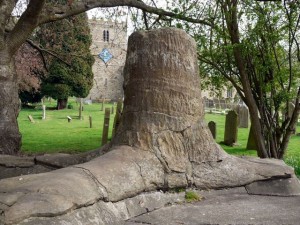Trees in themselves can be memorable. However, since time immemorial, trees have been planted to provide remembrance of people, places and events. Ewan has been drawing examples of such trees to help raise funds for the places concerned.
In his latest exhibition, trees representing three charitable organisations have been shown at the Wildfowl and Wetland Trust Centre in Washington. The originals have been donated to the charities and the proceeds from the sale of prints have been divided between them and the WWT. Apart from Slimbridge, Washington is the only WWT Centre to have a wildlife gallery.
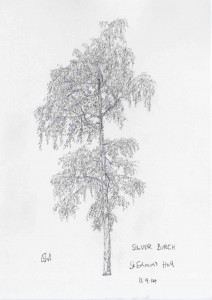
Silver Birch at St Edmund Hall, Oxford
The charities involved have been:
- St Mary the Virgin church, Old Seaham,one of the oldest churches in the country, dating back to at least the 7th century;
- St Mary Magdalene church, Debenham, a large East Anglian church, dating from the 11th century and one of the very few dedicated to Mary Magdalene; and
- St Edmund Hall, Oxford, a college of the university which claims to be “the oldest academical society for the education of undergraduates in any university”. It is named after St Edmund of Abingdon, the founder of the university.
If your organisation is interested in raising funds in this way, please contact Ewan.

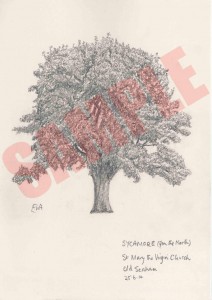
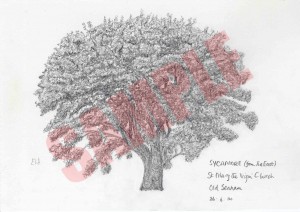
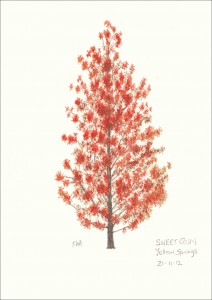 Memorial trees are still being used to remember relatives or friends. The Sweet Gum tree is one of these.
Memorial trees are still being used to remember relatives or friends. The Sweet Gum tree is one of these.